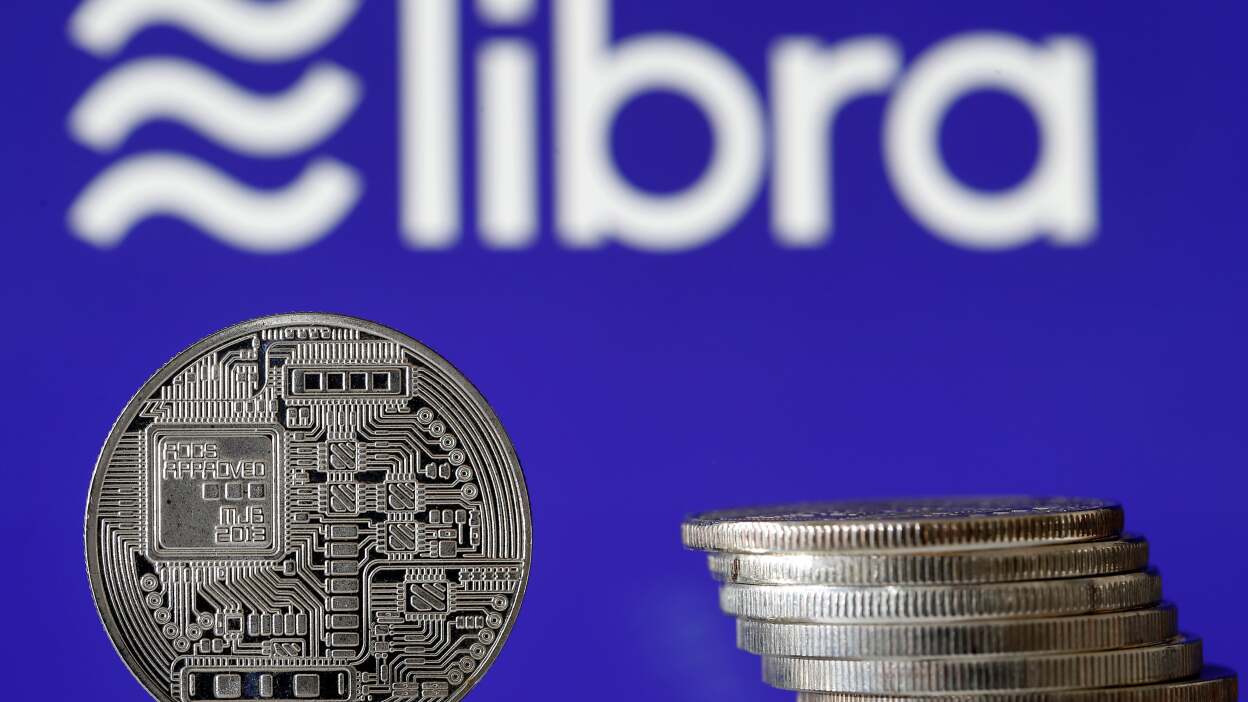In 2019, Meta (formerly Facebook) unveiled an ambitious cryptocurrency project named Libra, which aimed to revolutionize the global financial system. Its vision was to create a new digital currency that could facilitate low-cost cross-border transactions and provide financial services to the unbanked. Backed by major companies like Visa, Mastercard, and PayPal, Libra seemed poised to reshape the future of money. However, the project faced immediate backlash and regulatory challenges, eventually leading to its downfall.
So, what happened to Libra, and what lessons can the cryptocurrency industry learn from its failure? Let’s dive into the rise and fall of one of the most talked-about crypto projects in history.
The Ambitious Vision Behind Libra

At its core, Libra was a bold attempt to create a global digital currency that could provide financial inclusion to billions of people around the world. Meta, with its vast network of over 2 billion users, saw an opportunity to leverage its platform to bring cryptocurrency to the masses. Libra was designed to be a stablecoin, meaning its value would be backed by a basket of global fiat currencies rather than being tied to the volatility of traditional cryptocurrencies like Bitcoin.
The idea behind Libra was groundbreaking. It aimed to simplify cross-border payments and offer a more efficient way for people to transfer money internationally. Additionally, Libra sought to provide financial services to the unbanked—those who have no access to traditional banking services. With its consortium of high-profile partners and Meta’s global reach, Libra had the potential to change the way we think about money.
But as we know, things didn’t go according to plan.
Regulatory Challenges and Public Backlash
Libra’s vision quickly collided with the reality of global financial regulations. Shortly after its announcement, governments and regulators around the world raised serious concerns about the project. One of the main issues was the potential threat to monetary sovereignty. Governments were wary of a private company creating a currency that could bypass their control over national economies. The prospect of Meta holding a significant amount of financial power through Libra raised alarms in central banks and finance ministries worldwide.
The U.S. Congress held hearings to investigate the project, questioning Meta’s intentions and its ability to prevent money laundering, fraud, and terrorist financing. Additionally, regulators in Europe, including France and Germany, expressed concerns about Libra’s potential to destabilize their financial systems. This regulatory pressure led to the withdrawal of several key partners, including PayPal, Mastercard, and Visa, all of which cited the increasingly uncertain regulatory landscape as their reason for pulling out.
This regulatory pushback was a significant blow to Libra, as it made it difficult for the project to gain the support it needed to move forward. Without the backing of these major financial institutions, Libra’s credibility began to wane.
Rebranding to Diem: A Strategic Shift
In an attempt to salvage the project and address regulatory concerns, Libra underwent a major rebranding in 2020, emerging as Diem. The rebranding signified a shift in strategy, with the project now focusing on launching a U.S. dollar-backed stablecoin rather than a global basket of currencies. This move was designed to simplify the project and make it more palatable to regulators, particularly in the U.S.
The goal of Diem was to create a stable, regulated digital asset that could be used for payments and transactions. Despite these changes, Diem continued to face regulatory hurdles. The U.S. Securities and Exchange Commission (SEC) and other regulators remained cautious about the project, and Diem struggled to gain the necessary approvals to launch.
Although Diem attempted to pivot to meet regulatory concerns, it ultimately couldn’t overcome the complex regulatory environment it found itself in. This shift may have been too little, too late to regain the momentum Libra had initially generated.
The Collapse of Diem

In early 2022, Meta finally acknowledged the failure of its ambitious cryptocurrency initiative. The company announced that it would sell the technology and assets of Diem to Silvergate Capital, a California-based bank, marking the end of the project’s journey. Despite the rebranding and strategic shifts, Diem could not gain the trust of regulators or build sufficient momentum to succeed.
The collapse of Diem marked the end of Meta’s foray into cryptocurrency, but it also provided valuable lessons for the broader crypto industry. While Meta’s project ultimately failed, its attempt to innovate in the financial space underscored the complexity of navigating both regulatory concerns and public trust in the cryptocurrency world.
Lessons Learned for the Cryptocurrency Industry

The rise and fall of Libra and Diem have left a lasting impact on the cryptocurrency industry. Here are some key lessons that the broader crypto space can take away from the project’s failure:
1. Regulatory Compliance is Crucial
One of the most significant takeaways from Libra’s failure is the importance of engaging with regulators early in the process. Meta’s decision to launch Libra without first addressing regulatory concerns left the project vulnerable to intense scrutiny and opposition. For any cryptocurrency or blockchain-based project to succeed, it must be fully compliant with global financial regulations. Anticipating potential regulatory challenges and working closely with lawmakers is essential to avoid roadblocks down the line.
2. Building Trust is Essential
Libra’s association with Meta, a company already grappling with public trust issues, made it harder for the project to win over users. Privacy scandals, such as the Cambridge Analytica crisis, had already tainted Meta’s reputation, and many people were skeptical about the company’s handling of personal financial data. For future projects, establishing trust with users is paramount. Transparency in operations, commitment to privacy, and a clear focus on security are key to winning the public’s confidence.
3. Strategic Partnerships Matter
The withdrawal of major financial institutions like Visa and Mastercard demonstrated the importance of maintaining strong, stable partnerships. These partners could have helped Libra navigate regulatory challenges and provided credibility to the project. A successful cryptocurrency project requires buy-in from a diverse group of stakeholders, including banks, regulators, and tech companies. Without their support, projects may struggle to gain legitimacy.
4. Adaptability is Key
Despite efforts to pivot, Diem failed to adapt quickly enough to the shifting landscape. The cryptocurrency world moves fast, and regulators are constantly catching up with new developments. Being able to pivot and adapt to changing conditions is crucial for the success of any crypto project. Flexibility in strategy, technology, and business models is necessary to survive in such a dynamic environment.
Conclusion
Meta’s journey with Libra and Diem serves as a powerful reminder of the complexities involved in launching a global cryptocurrency project. While the initiative had noble goals, it was ultimately undone by a combination of regulatory resistance, public skepticism, and strategic missteps. For the cryptocurrency industry, Libra’s failure offers valuable lessons on the importance of regulatory compliance, trust-building, strategic partnerships, and adaptability.
As the industry continues to mature, the lessons learned from Libra’s rise and fall will help shape the next generation of cryptocurrency projects, pushing them toward a more sustainable and responsible future.




Comments are closed